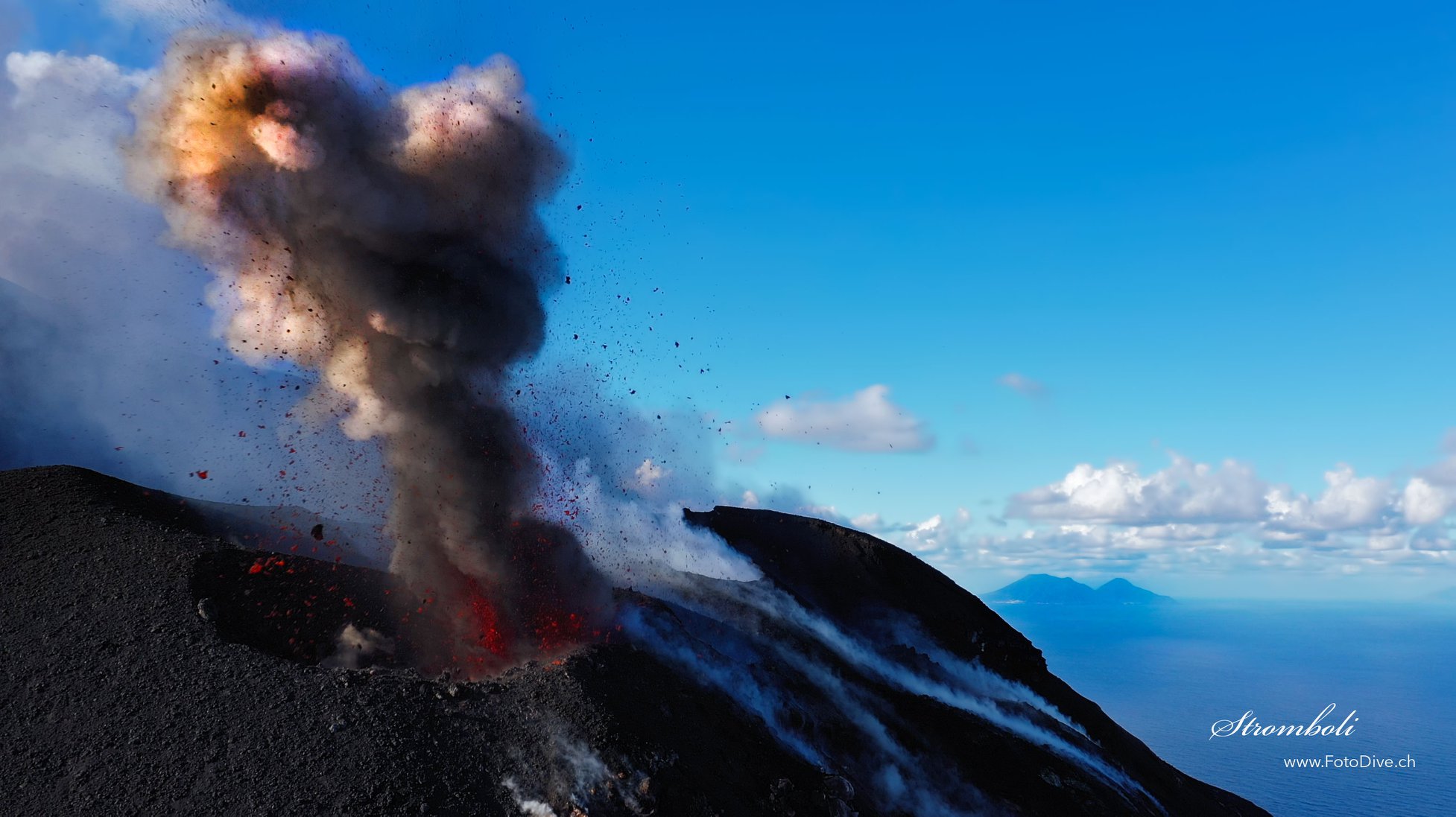October 31, 2019 . EN . Italy : Stromboli , Chile : Nevados of Chillan , Mexico : Popocatepetl , Alaska : Semisopochnoi .
October 31 , 2019. Italy , Stromboli : Daily Bulletin of 30/10/2019 SUMMARY OF ACTIVITY STATUS In light of the surveillance data, we highlight: 1) VOLCANOLOGICAL OBSERVATIONS: Normal explosive…

